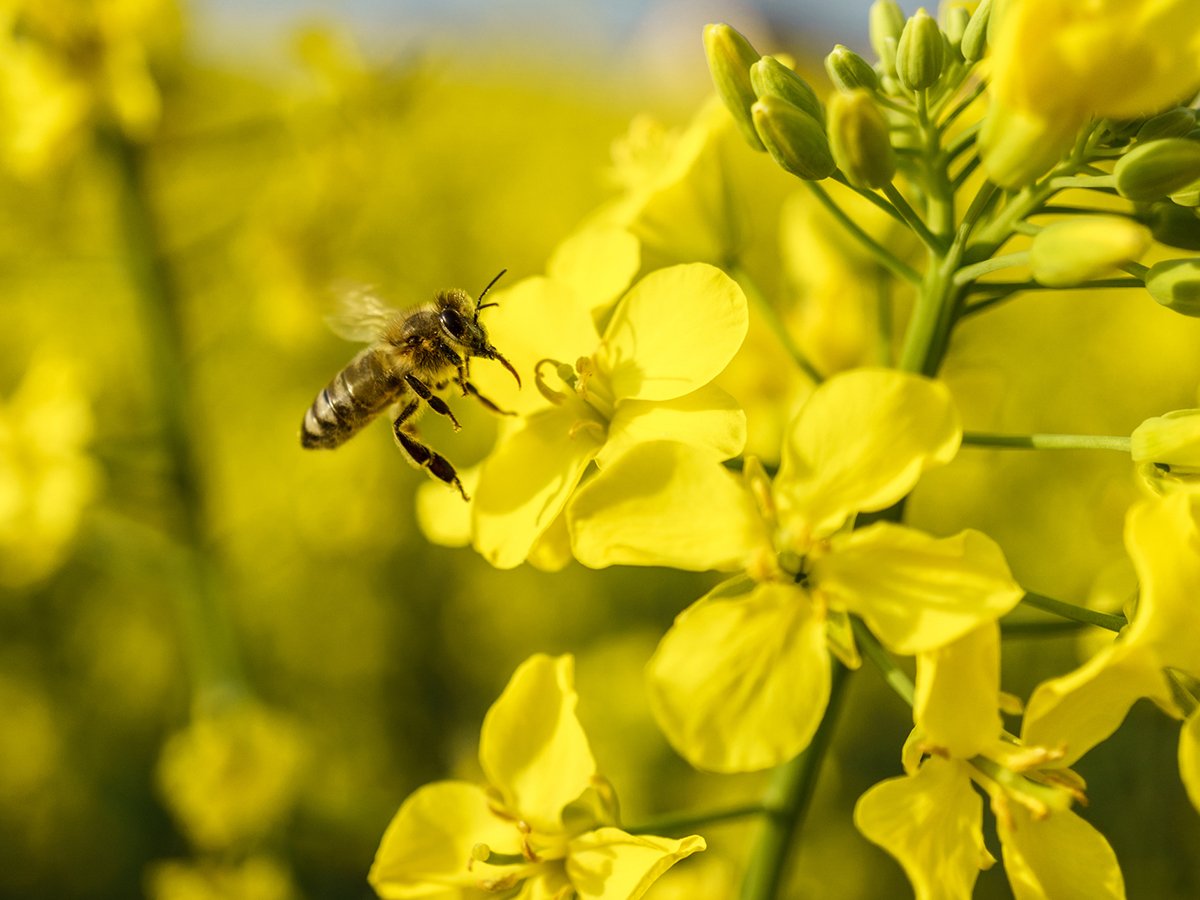Ionophores such as lasalocid, monensin and salinomycin are officially intended to control coccidiosis in cattle, but many producers also use them for reasons that aren’t listed on the label.
To investigate these common off-label uses, the American Association of Bovine Practitioners’ nutrition committee reviewed the literature on ionophores. Their report turned into an endorsement of feeding ionophores to cattle even when coccidia are not a concern.
When ionophores reach the rumen, they alter the transport of various ions across bacterial cell membranes, which in turn alters bacterial metabolism. Certain populations of bacteria thrive as their metabolism is accelerated, while others suffer inhibited growth as their metabolism slows.
Read Also

Invigor Gold variety viewed as threat to condiment mustard
Invigor Gold, the canola-quality mustard developed by BASF, is on a collision course with Canada’s condiment mustard industry. It’s difficult to see how the two can co-exist.
As the bacterial populations in the rumen are changed, there is a corresponding shift in volatile acid production <00AD>– more propionate and less acetate is released. Because cattle can use propionate more efficiently than acetate, feed energy value is boosted and rate of gain is increased, even though they eat the same amount of feed.
Ionophores also alter protein breakdown by reducing ammonia production. Rather than wasting the ingredients for protein manufacture by expelling them as ammonia gas, the microflora create more protein, which the animal subsequently uses. This beneficial effect is particularly evident in cattle on high-concentrate rations compared to those on hay or silage-rich diets.
Ionophores can also boost the absorption of minerals such as calcium, sodium, magnesium, zinc and phosphorus. Under these circumstances, marginal mineral deficiencies in diets are less likely to have negative effects on productivity.
As well, they can reduce the likelihood of acidosis, which is again related to a shift in rumen flora. When ionophores are fed to cattle, the growth of bacterial strains that produce large amounts of lactic acid is selectively inhibited. Most feedlot operators feed ionophores to new arrivals because this beneficial effect helps cattle acclimatize to high concentrate rations.
Bloat risk also falls when ionophores are fed to cattle, especially those on wheat pasture. Ionophores increase rumen pH, which in turn decreases foam stability, reducing the chance of frothy bloat.
As their labels indicate, ionophores control coccidia, a protozoan that lives in the wall of the intestine. Contrary to what many producers believe, ionophores do not kill this parasite.
They do suppress the reproduction of coccidia so that animals are exposed to only low numbers. Under these circumstances, cattle have a chance to develop a natural immunity without becoming ill.
Why don’t the labels on ionophores list the non-coccidia benefits? The reason is simple – every claim made on a label has to be substantiated with supporting data collected through an exhaustive number of studies, which takes time and money. In the race to get products to market, companies focus their trials on the attribute they think will help sell the product. In the case of ionophores, it was coccidiosis control.
Further research quickly revealed that ionophore supplementation was beneficial to cattle in many other ways. Because of the significant costs involved in collecting data and applying for a label change, companies have never revised their labels.
Jeff Grognet is a veterinarian and writer practising in Qualicum Beach, B.C.














